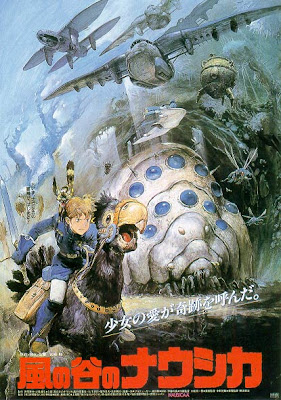

Many scenes from this first book were used verbatim in the later movie, but while i was reading it it became very clear that the series would be going in some very different directions. The first book introduces some of the main characters. That version wasn't actually perfect, so Viz re-released it in 2004 as a seven volume series which preserved the original format of the manga (back to front, if you don't live in Japan), as well as many other aspects of the original, including the ink color (dark brown) and sound effects in Japanese. It was released several years ago in a "Perfect Collection" of four volumes. The film originated as a manga series, also by Miyazaki. You may be familiar with this title from watching Hayao Miyazaki's film of the same name. Another manga, Hikoutei Jidai, was later evolved into his film Porco Rosso. His major work was the Nausicaä of the Valley of Wind manga, an epic tale he worked on intermittently from 1982 to 1994 while he was busy making animated films.

In addition to animation, Miyazaki also draws manga. In particular, Miyazaki's Princess Mononoke received the Japan Academy Award for Best Film and was the highest-grossing (about US$150 million) domestic film in Japan's history until it was taken over by another Miyazaki work, Spirited Away. All of these films enjoyed critical and box office successes.

The success of the film led to the establishment of a new animation studio, Studio Ghibli, at which Miyazaki has since written, directed, and produced many other films with Takahata. In 1984, he released Nausicaä of the Valley of Wind, based on the manga (comic) of the same title which he had started two years before. In 1978, he directed his first TV series, Conan, The Boy in Future, then moved to Tokyo Movie Shinsha in 1979 to direct his first movie, the classic Lupin III: The Castle of Cagliostro. In 1971, he moved to A Pro with Isao Takahata, then to Nippon Animation in 1973, where he was heavily involved in the World Masterpiece Theater TV animation series for the next five years. From the beginning, he commanded attention with his incredible ability to draw, and the seemingly-endless stream of movie ideas he proposed. He started his career in 1963 as an animator at the studio Toei Douga, and was subsequently involved in many early classics of Japanese animation. Hayao Miyazaki was born in Tokyo on January 5, 1941.


 0 kommentar(er)
0 kommentar(er)
